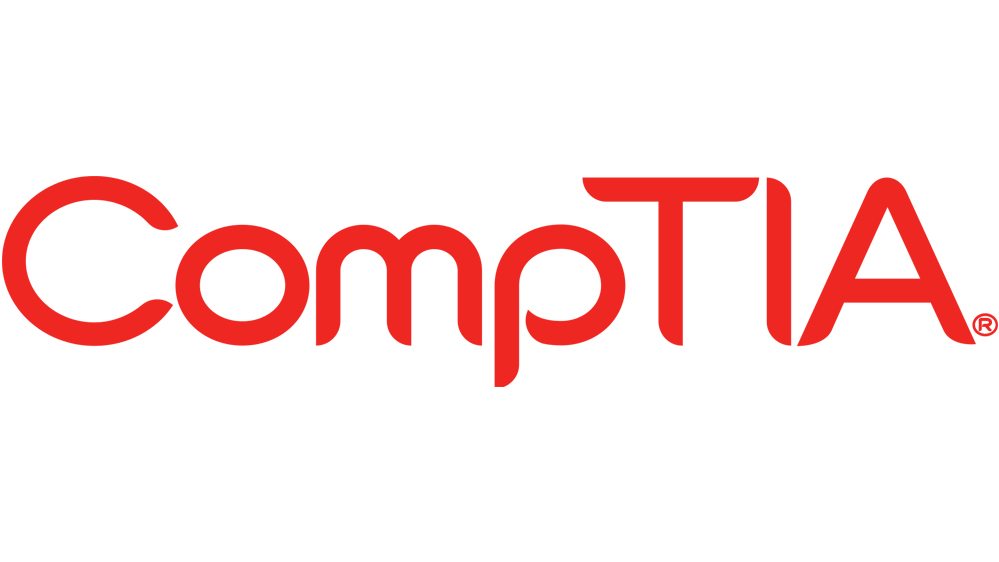CompTIA SY0-401: Security+
Take control of your organisation's security needs with this internationally recognised certification.
StudyOnline247
Summary
- Exam(s) / assessment(s) not included in price, and must be purchased separately
Overview
The CompTIA Security+ training course will teach you how to ensure that a network is secure, how to detect and handle security threats and how to identify vulnerabilities.
This training course is associated with the CompTIA Security+ certification which is a benchmark for best practices in IT security and is an important stepping stone for any IT career. This course will provide knowledge and skills relating to network security, compliance and operation security, threats and vulnerabilities, as well as application, data and host security.
Certification
CompTIA Security+
Course media
Description
What you will learn:
Networking terminology
Security terminology
Physical security
Risk analysis
Disaster recovery
Security assessment
Why study online?
Technological improvements and advances in educational design mean that studying online is no longer just a low cost alternative to traditional training methods. In many respects our online courses offer training which is superior to the majority of available “classroom” options.
Not only is the effectiveness of the training process enhanced, but also the convenience and overall cost efficiency of studying online makes it a compelling option for training. You can learn at your own pace and can repeat each section as many times as required unlike in a classroom environment.
Studying at your own pace, rewinding and going over the material as often as you need improves your long-term memory retention and makes studying more rewarding.
Curriculum
Module 1: Networking Terminology
• Course Introduction
• Network Devices Part 1
• Network Devices Part 2
• Networking Cabling
• Networking Addressing Part 1
• Networking Addressing Part 2
• Networking Addressing Part 3
• Networking Addressing Part 4
Module 2: Locking Down Or Network
• Firewalls Part 1
• Firewalls Part 2
• Intrusion Detection Systems
• Network Design
• Securing Devices
Module 3: Wireless
• Wireless Basics Part 1
• Wireless Basics Part 2
• Securing Wireless Part 1
• Securing Wireless Part 2
• Configuring Wireless Bluetooth And Infrared
Module 4: Introduction to Security Terminology
• Goals Of Information Security
• Authentication And Authorization
• Security Principles And Terminology Part 1
• Security Principles And Terminology Part 2
Module 5: Policies and Standards
• Introduction To Security Policies
• Looking At Some Security Policies Part 1
• Looking At Some Security Policies Part 2
• Looking At Some Security Policies Part 3
• Human Resource Policies Part 1
• Human Resource Policies Part 2
• User Education And Awareness Part 1
• User Education And Awareness Part 2
Module 6: Physical Security
• Business Location
• Physical Access Controls
• Implementing Environmental Controls
Module 7: Risk Analysis
• Introduction Risk Analysis Part 1
• Introduction Risk Analysis Part 2
• Types Of Risk Analysis
• Risk Mitigation Strategies
Module 8: Disaster Recovery, Business Continuity and BIA (Business Impact Analysis)
• Business Continuity
• Business Impact Analysis
• Disaster Recovery
• Backup And Restore
Module 9: Introduction to Computer Forensics
• Working With Evidence
• Collecting Digital Evidence Part 1
• Collecting Digital Evidence Part 2
• Looking At Incident Response
Module 10: Types of Attacks
• Social Engineering
• Network Attacks Part 1
• Network Attacks Part 2
• Password And Application Attacks
Module 11: System Security Threats
• Identifying Physical Threats
• Malicious Software Part 1
• Demo
• Malicious Software Part 2
• Threats Against Hardware
Module 12: Security Assessment
• Types of Assessments
• Penetration Testing
Module 13: Monitoring and Auditing
• Introduction To Monitoring And Monitoring Tools
• Implementing Logging And Auditing
Module 14: Authentication
• Authentication Models
• Authentication Protocols
• Implementing Authentication
Module 15: Access Control
• Introducing Access Control
• Access Control Models
• Implementing Access Control Part 1
• Implementing Access Control Part 2
Module 16: Mitigating Security Threats
• Operating System Hardening
• System Hardening Procedures
• Application Security
• Server Hardening Best Practices Part 1
• Server Hardening Best Practices Part 2
Module 17: Implementing System Security
• Implementing Personal Firewalls And HIDS
• Protecting Against Malware
• Device Security And Data Security Part 1
• Device Security And Data Security Part 2
• Understanding Virtualization And Cloud Computing
Module 18: Cryptography
• Introduction To Cryptography
• Symmetric And Asymmetric Encryption
• Understanding Hashing And Encryption Uses
Module 19: Public Key Infrastructure
• Intro To PKI
• Managing And Implementing PKI
• Course Conclusion
Please note that the official exam is not included, however for those who complete the course, they will receive a completion certificate upon request.
Who is this course for?
The CompTIA Security+ training course is perfectly suited to anyone who is looking to gain an in-depth understanding of the skills and knowledge required to work in IT security.
Requirements
To study the CompTIA Security+ training course you are required to have the CompTIA Network+ certification and 2 years of experience in IT administration with a focus on security.
Career path
IT Security and Assurance Manager
IT Security Consultant
IT Security Engineer
IT Security Architect
Network Administrator
IT Security Administrator
IT Security Specialist
Questions and answers
Currently there are no Q&As for this course. Be the first to ask a question.
Reviews
Currently there are no reviews for this course. Be the first to leave a review.
Legal information
This course is advertised on reed.co.uk by the Course Provider, whose terms and conditions apply. Purchases are made directly from the Course Provider, and as such, content and materials are supplied by the Course Provider directly. Reed is acting as agent and not reseller in relation to this course. Reed's only responsibility is to facilitate your payment for the course. It is your responsibility to review and agree to the Course Provider's terms and conditions and satisfy yourself as to the suitability of the course you intend to purchase. Reed will not have any responsibility for the content of the course and/or associated materials.


